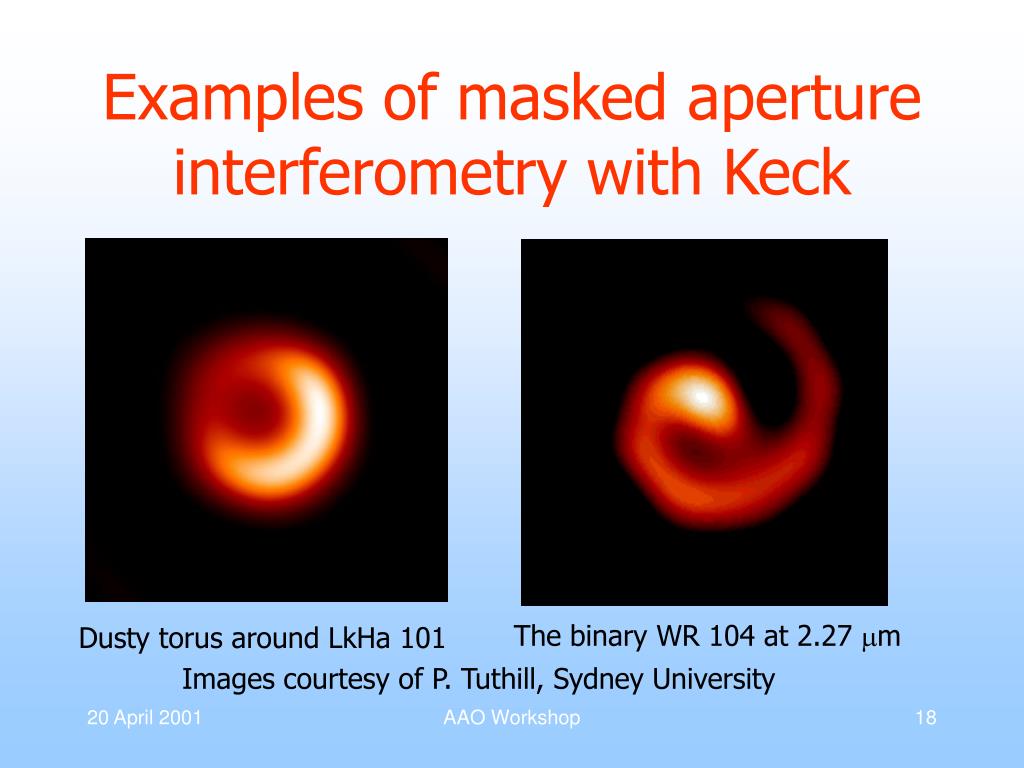

The diffraction limit is still so much larger than a star’s disk that their images in the telescope focal plane are indistinguishable from point sources. While angular resolution increases linearly with the telescope diameter when eliminating atmospheric turbulence with adaptive optics, even today's largest telescopes cannot resolve features on the surface of individual stars. It was not until 1974 that Labeyrie (1975) was able to combine the light from two independent telescopes at the Observatoire de la Côte d'Azur, demonstrating that optical interferometry was feasible. However, due to insurmountable technical problems with the mechanical stability at larger separations of the sub-apertures, optical interferometry was abandoned in the late 1920s.

Thought amateur astronomers here in the US that are connected through Cloudy Nights would be interested in that.
#Double interferometer for visual astrometry full
This was at a time when the smallest diameter that could be measured with a full aperture was about 1 arcsec, equivalent to the angular resolution of the telescope when observing through atmospheric turbulence.Īlthough the measurement of a stellar diameter is not the same as an image, the dramatic increase in angular resolution sparked enough interest in the new method that it was soon understood how such contrast measurements with different pairs of sub-apertures – different in separation and orientation – can be combined to form a high-resolution image not only of stars but of any type of object. This astronomy club in France is actually doing multiple star measurement work that provides input to professional astronomers through the Astronomical Society of France. Single and Double Star Astrometry with the Mark III Interferometer - Volume 166 Skip to main content Accessibility help We use cookies to distinguish you from other users and to provide you with a better experience on our websites. RV is most effective for slowly rotating, mid-to-late-type stars. Precision Astrometry with the Space Interferometry Mission - Volume 202 Skip to main content Accessibility help We use cookies to distinguish you from other users and to provide you with a better experience on our websites. Wilson in 1920 by Michelson and Pease (1921) who determined the diameter of α Orionis to be 0.047 arcsec. Astrometry is effective in regimes where RV has reduced precision: (a) Astrometry can operate over a wide range of stellar masses, rotational velocities, and spectral types to better explore relationships between the properties of the host star and its planetary system. The first successful measurement using this principle was performed on Mt. Light passing through these sub-apertures would then interfere in the telescope focal plane. Less than 300 years after Galilei's first telescope observations of celestial objects, Fizeau (1868) suggested a way to improve the measurement of stellar diameters by masking the telescope aperture with two small sub-apertures.


 0 kommentar(er)
0 kommentar(er)
